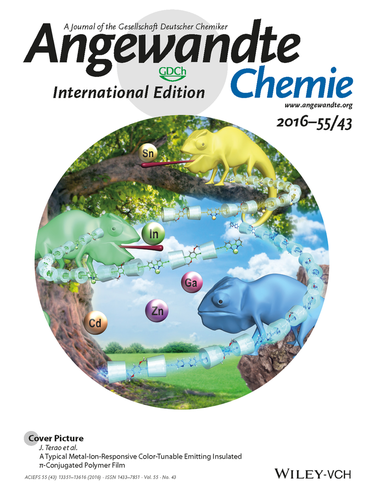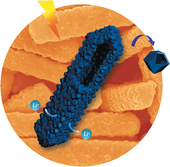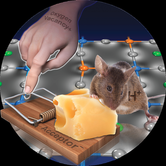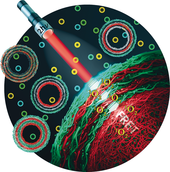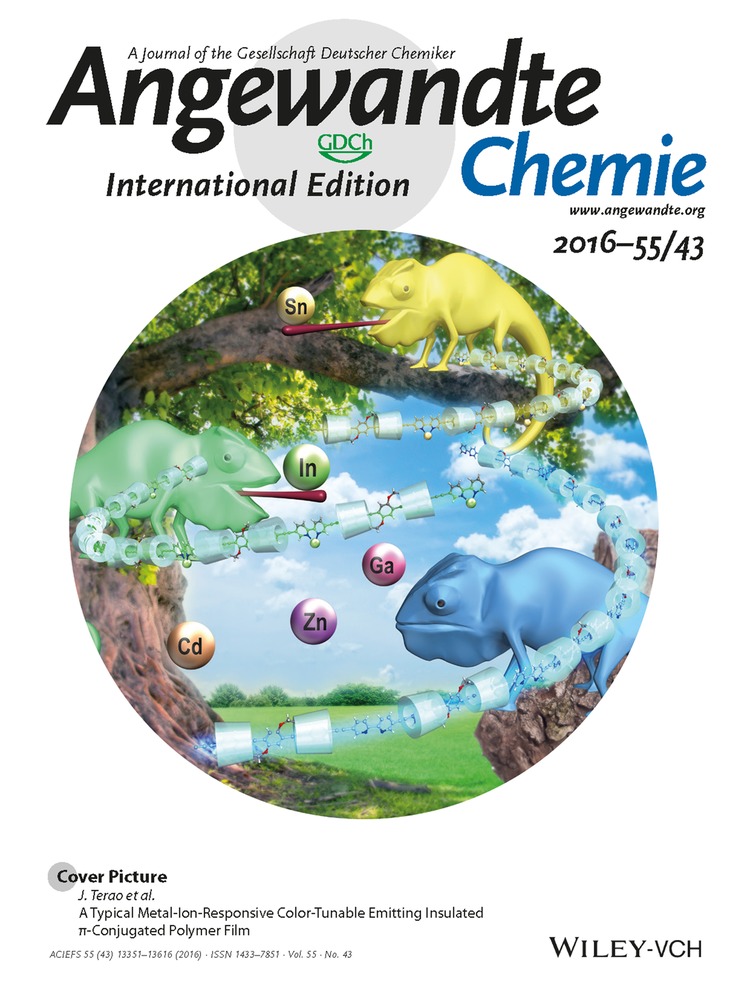Cover Picture: A Typical Metal-Ion-Responsive Color-Tunable Emitting Insulated π-Conjugated Polymer Film (Angew. Chem. Int. Ed. 43/2016)
Graphical Abstract
A chameleon polymer could be color-tuned easily, directly, and reversibly by metal coordination without changes to the main-chain skeleton. In their Communication on page 13427 ff., J. Terao et al. describe efficient emission from the metalated polymer even in the solid state, which is due to the permethylated α-cyclodextrin based insulation structure of the chameleon polymer. The synthesized polymer is expected to be suitable for application in recyclable luminescent sensors to distinguish different metal ions.
A chameleon polymer could be color-tuned easily, directly, and reversibly by metal coordination without changes to the main-chain skeleton. In their Communication on page 13427 ff., J. Terao et al. describe efficient emission from the metalated polymer even in the solid state, which is due to the permethylated α-cyclodextrin based insulation structure of the chameleon polymer. The synthesized polymer is expected to be suitable for application in recyclable luminescent sensors to distinguish different metal ions.
Lithium-Ion Batteries
Proton Conduction
Microcapsules



